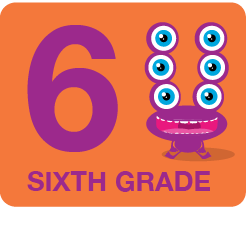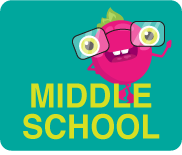This worksheet is designed to help students grasp essential concepts related to Earth's orbit and its relationship with the Sun. Learners solidify their comprehension of Earth's rotational and revolutionary patterns by labeling a diagram with terms including axis, equator, Moon, and more. Accompanying this labeling task are four questions aimed at encouraging critical thinking.
Students should learn about the Earth's orbit, complete revolution, and rotation because it provides foundational knowledge of astronomy and helps them understand essential concepts about time, seasons, and the day-night cycle. Understanding Earth's complete revolution around the Sun, which takes about one year, explains why we experience different seasons. Learning about Earth's complete rotation, taking approximately 24 hours, gives insight into the daily cycle of daylight and darkness. Additionally, understanding that Earth rotates counterclockwise (when viewed from above the North Pole) explains the Sun's and stars' apparent movement across the sky.
Exploring Earth's Orbit: Labeling Earth's Journey Around the Sun - Diagram and Vocabulary Activity
GRADES:


Additional Educational Resources:
Animal Cell Exploration: Labeling Animal Cell Structures
Graphic Organizer on Human-Caused Deforestation
Plant Cell Anatomy: Exploring and Labeling the Components of a Plant Cell

